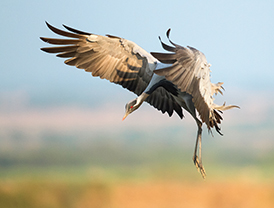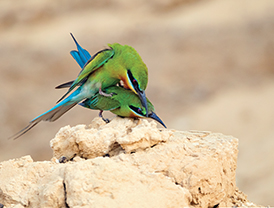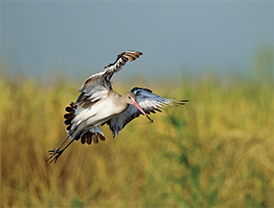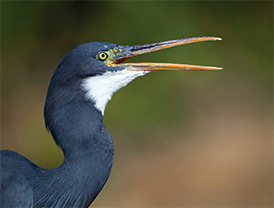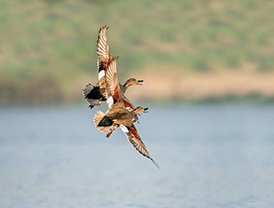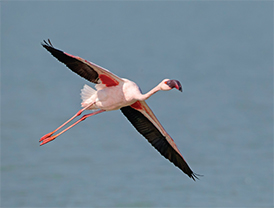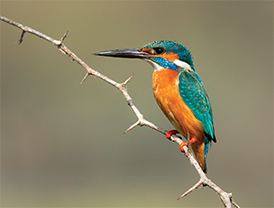Demoiselle Crane
Mital Patel is a Commercial Art graduate who loves nature. He loves capturing the beauty of nature, and specializes in bird photography. You can find his work at www.500px.com/mitalpatel
Where were you born and raised?
I was born and raised in Ahmedabad, Gujarat.
Blue Tailed Bee-eater Black-tailed Godwit
What invoked your interest in photography? Do you work as a photographer full-time?
Photography was on my mind when I was pursuing my Commercial Art degree in Ahmedabad during the 90s. Later, in 2004, I happened to start photography along with my commercial art work. In 2008, I came across a person who had been bird-watching for years. This is how I initially started bird-watching and photography. Since then, I do all my wildlife photography with him, and we have been extensively travelling across various parts of India. We work as a team now in our wildlife journey. We came across more like-minded people, and formed a group called WildArt (www. facebook.com/wildart.in).
Yes, I do work as full-time photographer. I also run a company which has been serving the hospitality industry, making 360 degree panorama and virtual tours since 2004, and have done more than 400 hotel shoots in India.
Western Reef heron Gadwall
You capture a wide range of activities of birds. How do you manage to capture that?
For avian photography, the most important thing is to study the subject you capture. The more you involve yourself in studying the subject’s behaviour, the better your photography gets. Patience is the key factor and plays a major role in photographing them.
Does bird and wildlife photography involve a lot of planning?
Well, if you really are into birdwatching, you don’t need a lot of planning. If you are new, you must have the patience to study them before you venture into photographing them.
Name some of your favourite locations to shoot at.
As my favourite subjects are birds, especially shore birds, I love to go to coastal areas. Narara Marine Life Sanctuary (Jamnagar, Gujarat) is my favourite spot for waders. There are lots of places I have been to, and many more I wish I can go to. In fact wherever there are birds, I would love to go there, as far as
I can.
You also do landscape, street and commercial photography. What genre do you enjoy the most?
This is a difficult question, and hard to answer. Being an artist, I usually love to experiment with all the genres, depending on the situation and availability of the frame I shoot, with whatever gear I have in hand. I am one crazy shooter. I would say I love all types of photography, but if you ask me to choose one specific area, I would say the winged wonders attract me the most.
Lesser Flamingo ommon Kingfisher
Is there any interesting incident that happened while shooting that you’d like to share?
There are lots, but I find thisone the most interesting. My birding partner Kunan Naik and I were wandering, looking for waterfowls. The water level was about 4 feet and we walked about 200 metres in freezing cold water to reach to spot at 5 am. We waited for the sun to rise, and we were shivering in the freezing cold water. But at the same time, looking at the carpet of waterfowl in front of us was thrilling. It made us forget how cold it was. All of a sudden, two Mallard ducks, one male and one female, flew in front of us and landed. This was the best part, since we had regularly been visiting this place for about 4 years to capture these ducks, but somehow had never been able to do that. Their roosting zone was in the middle of lake, which was unapproachable. On that day, we saw the beautiful Mallard ducks in golden sunrise, and could photograph with Canon 800mm with 1.4x TC attached.
What would you advice beginners in the field of photography?
Nowadays, there are lots of newbies entering wildlife photography, and going to the nearest sanctuaries and parks with their D-SLR basic kits. I would love to advice them to first get a pair of binoculars, and study before approaching these feathered friends. They are really sensitive about our presence, and going too close may harm their privacy. Occasionally they allow you to come close. But one must not disrupt them, since they might be in the process of breeding or nesting. This is where guidance and knowledge is required to save nature for the future generations.

